What is a battery swap connector? The battery swap mode is to centrally store and charge power batteries in a battery swap station, and then provide power battery replacement services for electric vehicles, solving the anxiety of electric vehicle energy replenishment, so the battery swap connector has attracted attention.
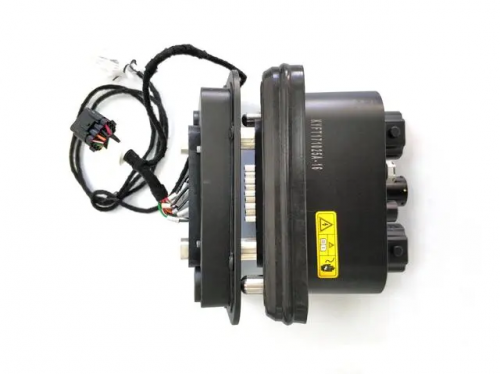
The power replacement connector consists of a quick-change plug, a socket and related cables. It is the only electrical interface of the battery pack and needs to be able to provide mixed connections of high voltage, low voltage, communication and grounding at the same time. According to the power swapping frequency of different models, the plugging and unplugging performance and pressure-bearing performance of the power swapping connector are different. The core technical strength of the power swapping connector is reflected in the large floating compensation capability and high life span technical indicators . The battery swap connector is a crucial component in the battery swap process of new energy vehicles. It is responsible for achieving fast, efficient and stable battery pack replacement between the battery swap station equipment and the electric vehicle. With the popularity of battery-swapping mode vehicles and the adoption of battery-swapping solutions by non-battery-swapping mode vehicle manufacturers, battery-swapping connectors are expected to become industry standards, thereby significantly increasing the size of the electric vehicle connector market.
Replacement connector structure
The structure of the battery swap connector mainly includes high-voltage terminals, ground terminals, signal terminals and low-voltage auxiliary power supply. These components together constitute the battery swap connector, making it the only electrical interface of the battery pack, which needs to provide mixed connections of high voltage, low voltage, communication and grounding at the same time.
The high-voltage terminals and grounding terminals are responsible for handling the transmission of high current and high voltage, ensuring efficient and stable power transmission.
The signal terminal is responsible for data transmission and ensures information exchange between the vehicle and the battery.
The low-voltage auxiliary power supply provides the connector with the necessary low-voltage power to support its normal operation.

Schematic diagram of the battery replacement connector structure
The design of the power-swap connector also takes safety protection and sealing performance into consideration, using advanced sealing technology to ensure waterproof and dustproof, protecting the internal circuit from external influences. At the same time, it is equipped with safety protection devices such as overcurrent protection and short circuit protection to ensure that the power supply can be cut off in time under abnormal circumstances to prevent accidents from expanding.
These safety protection measures not only improve the safety of the battery replacement process, but also extend the service life of the connector. In addition, the battery replacement connector needs to work stably in a variety of environments, such as high temperature, high humidity, salt spray and other harsh conditions, so it must have good environmental adaptability during design.
Application fields of power replacement connector
With the continuous expansion of the new energy vehicle market and the gradual popularization of the battery swap model, the market demand for battery swap connectors has also ushered in explosive growth. Its main application areas include:
- Construction of battery swap stations: As an important infrastructure for rapid energy replenishment of new energy vehicles, the construction of battery swap stations cannot be separated from the support of battery swap connectors. As local governments and enterprises increase their efforts in the construction of battery swap stations, the market demand for battery swap connectors will continue to rise.
- New energy vehicle manufacturing: In order to adapt to market demand, new energy vehicle manufacturers have launched battery-swap models. These models must be equipped with special battery-swap connectors to achieve rapid docking with battery-swap stations. Therefore, battery-swap connectors have become an indispensable part of new energy vehicle manufacturing. 3. Logistics and public services: In the fields of logistics and public services (such as taxis, online car-hailing, buses, etc.), the battery-swap model is highly favored due to its high efficiency and convenience. The demand for battery-swap connectors in these fields is also huge, which has promoted the rapid growth of the battery-swap connector market. Battery-swap connector connection method
In the modern new energy vehicle industry, power exchange connectors are key components, and the innovation and technical characteristics of their connection methods are directly related to the energy supply efficiency and safety of electric vehicles. There are two main connection methods for power exchange connectors – flat contact and quick plug contact.
1. Characteristics and applications of planar contact connection technology
Planar contact connection is a basic and efficient connection method in power exchange connectors. Its core lies in the stable transmission of power through large-area, high-precision plane contact between the plug and the socket. This connection method has the following significant technical features:
- Low contact resistance and high conductivity: The flat contact design can maximize the contact area and significantly reduce the contact resistance, thereby reducing the loss of energy during transmission and improving power transmission efficiency.
- Excellent heat dissipation performance: Large contact area not only reduces contact resistance, but also enhances heat dissipation effect. During long-term high-load operation, it can effectively control temperature rise and avoid performance degradation or safety hazards caused by overheating.
- High reliability: The flat contact design reduces the probability of failure caused by poor contact and improves the overall reliability of the connector.
- Easy to maintain: The flat contact connector has a relatively simple structure and is easy to clean and maintain. During the battery replacement process, if dirt or oxide is found on the contact surface, good contact performance can be restored by simply wiping it.
In the field of new energy vehicles, planar contact connection technology is widely used in battery replacement systems for passenger cars, commercial vehicles, heavy trucks and other models.
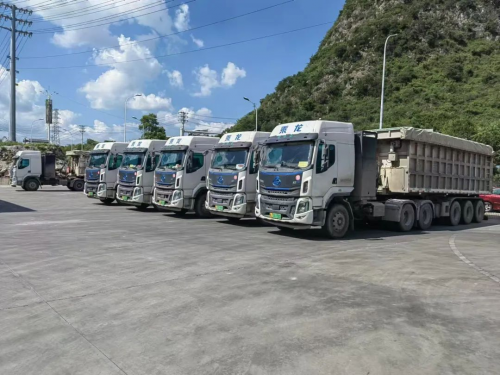
Image source: Qiyuan Chip Power
2. Characteristics and application of quick plug-in contact technology
Quick plug-in contact is another important connection method in power replacement connectors, which is characterized by rapid connection and disconnection of the connector. This connection method has significant advantages in the battery replacement process of new energy vehicles, which are specifically reflected in the following aspects:
- Efficient and convenient: Quick plug-in contact technology can greatly shorten the time of battery replacement and improve the efficiency of battery replacement.
- Intelligent control: Some high-end quick-swap connectors integrate intelligent control systems, which can monitor battery status in real time, transmit control instructions, and have fault diagnosis and alarm functions.
- Durability and stability: Quick plug connectors are designed with the need for frequent plugging and unplugging in mind, using high-strength materials and precision locking mechanisms to ensure that a stable electrical connection can be maintained after multiple plugging and unplugging. At the same time, by optimizing the insertion and extraction force and stroke design, the service life of the connector is extended.
- Safety protection and sealing: In order to cope with various harsh environments (such as rain, dust, etc.) that may occur during the battery replacement process, the quick plug connector adopts advanced sealing technology to ensure waterproof and dustproof performance.
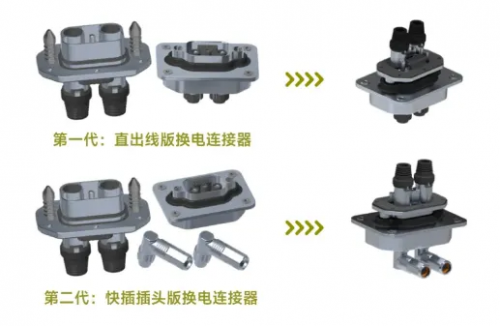
Image source: ITT Cannon connector
In the new energy vehicle battery replacement market, quick plug-in contact technology is gradually becoming mainstream, especially in scenarios where taxis, online car-hailing vehicles, logistics vehicles, etc. are used frequently and require fast energy replenishment. At the same time, with the continuous promotion and popularization of the battery replacement model, the market demand for quick plug-in connectors will continue to grow.
Battery replacement connector standard
The standards for battery swap connectors mainly involve safety certification, technical requirements, performance requirements, etc.
1. Safety certification The China Quality Certification Center (CQC) has revised the safety certification rules for electrical connectors, including adding new certification modes, modifying the principles for the division of certification units, the number of samples required, the frequency of supervision and inspection, and changing the validity period of the certificate from “long-term validity” to 5 years, and adding review requirements. In addition, the certification mark has been changed to the “CQC basic certification mark”, and the use of the certification mark has been changed from being allowed to being used to being required to be used. These revisions are intended to ensure the safety and reliability of battery swap connectors.
2. Technical requirements As a high-voltage connector, the passenger car battery swap connector is installed in the whole vehicle to achieve rapid battery swapping. Its design should meet the requirements for safe, rapid and reliable replacement of battery packs. Specifically, the design of the vehicle-end battery swap mechanism should meet performance requirements such as durability, road reliability, mechanical reliability, temperature shock resistance, moisture and heat cycle resistance, and neutral salt spray resistance.
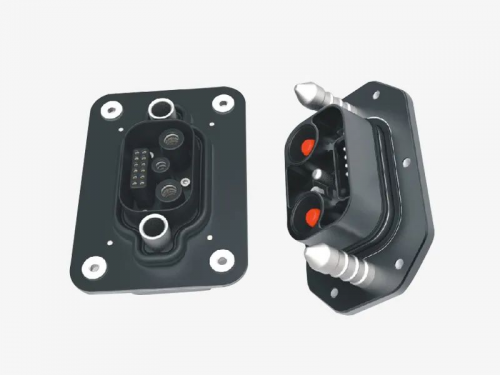
Image source: Riccardo
3. Application fields and market demand. With the continuous expansion of the new energy vehicle market and the gradual popularization of the battery swap model, the market demand for battery swap connectors has also ushered in explosive growth. Its main application areas include battery swap station construction, new energy vehicle manufacturing, logistics and transportation, and public services. In summary, the formulation and implementation of battery swap connector standards are of great significance to ensuring the quality of battery swap connectors and promoting the promotion of new energy vehicle battery swap models.
The role of the power replacement connector
1.Stable connection between battery and equipment The power exchange connector can ensure stable and reliable power transmission between battery and equipment, and can also provide good contact performance, reduce resistance, and improve power transmission efficiency. This is especially important for some equipment with high requirements for power transmission, such as electric vehicles, drones, etc.
2. Realize the transmission and conversion of electric energy. The battery swap connector can realize the transmission and conversion of electric energy. It can convert the DC power stored in the battery into the AC power required by the device to meet the working requirements of the device. The battery swap connector can also realize the transmission of electric energy, transferring the electric energy in the battery to the device, providing continuous and stable power support for the device.
3. Improve the efficiency of equipment use. By using the battery swap connector, the device can use the power in the battery more efficiently and reduce energy waste. The battery swap connector can also provide a larger current and voltage output to meet the device’s demand for power and improve the device’s working efficiency.
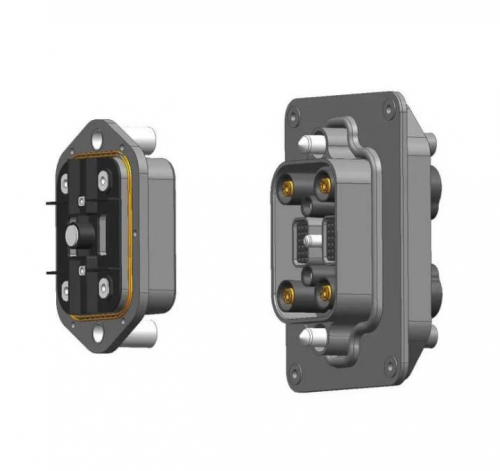
4. Extend battery life. The battery swap connector reduces the energy loss of the battery during operation and extends the battery life by providing stable power transmission and conversion.
5. Adapting to the needs of various devices The battery swap connector can provide different current and voltage outputs according to the power requirements of different devices to meet the working needs of different devices.
6. Ensure the safe use of equipment The battery swap connector can provide overcharge, over-discharge protection and other functions to avoid safety hazards caused by overcharging or over-discharging of the battery. The battery swap connector can also provide waterproof, dustproof and other functions to protect the device from the influence of the external environment.










